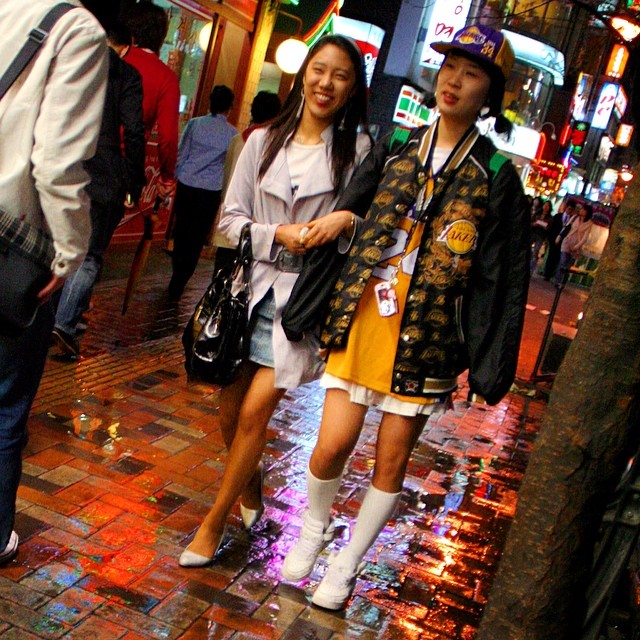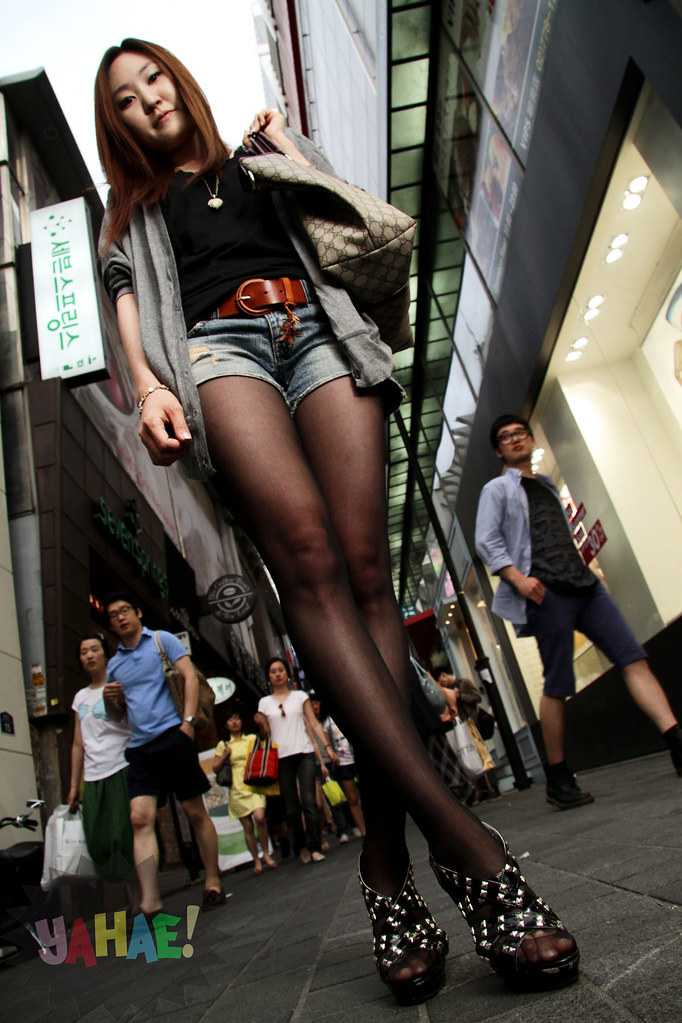On "Fashion Sociology"
What is "Fashion Sociology"?
I have written elsewhere about how fashion is sociology-in-motion, is a sartorial text worn and displayed on the body, is more than just consumption, but is a social conversation that is even possessed of a discernible grammar. In any case, it is certainly indicative of social change, and especially in Korea's case, a marker of how definitions of gender and the modes of its performance are shifting, how basic social norms are metamorphasizing faster than many people can make sense of. And it is through street fashion photography -- the visual medium -- that one can track the actual markers of these changes in a concrete, presentable way, as raw visual data.
Describing "Urban Landscapes"
The first "open-source ethnography project," the Cultural Geography of Seoul" project is a large, ethnographic research project that maps the city of Seoul across two axes -- one geographic and the other cultural. Whether it be describing the cultural landscapes of discrete neighborhoods such as Shinchon, Hongdae, or Myeongdong, our empirical data gathered as audio interviews, photographs, and other forms of media will be presented shared in combined form through new media tools such as Soundcloud, Facebook, Instagram, and Flickr, creating a searchable and shareable database of data that is transparently and democratically accessible to outside academic investigators as an invaluable store of ethnographic data to allow dots to be connected and patterns made visible in the complex matrix of South Korean society.
Methodology
ethnographic interviews, photographic portraits
Key equipment
any cellphone camera, any sound recording app
Aesthetic deployments
bringing the studio to the street, the street to thestudio
“A cultural landscape, as defined by the World Heritage Committee, is the "cultural properties [that] represent the combined works of nature and of man."..."a landscape designed and created intentionally by man"
an "organically evolved landscape" which may be a "relict (or fossil) landscape" or a "continuing landscape"
an "associative cultural landscape" which may be valued because of the "religious, artistic or cultural associations of the natural element."”
Seoul Fashion Week DDP Culture Mapping:
Words to Shoot By:
Photographers mistake the emotion they feel while taking the photo as a judgment that the photograph is good.
When people look at my pictures I want them to feel the way they do when they want to read a line of a poem twice.



